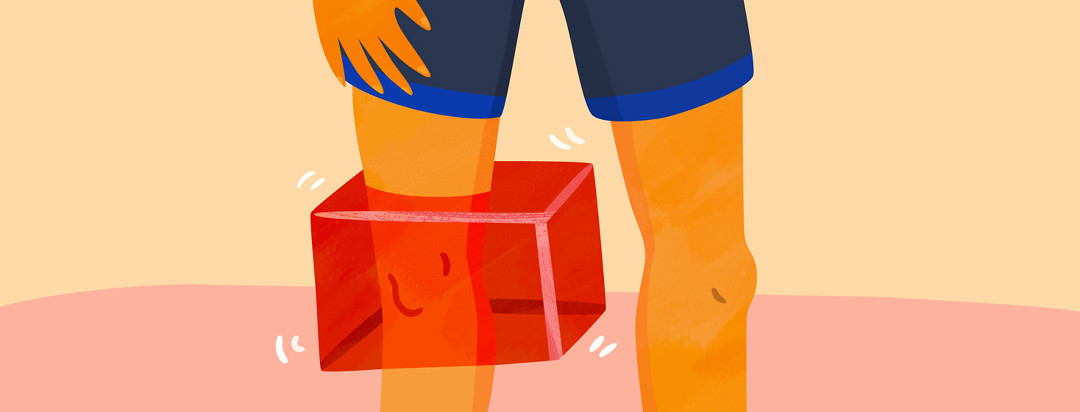Post-Activity Stiffness and Psoriatic Arthritis (Part Two)
One thing that I like about writing articles is reading the responses from everyone who reads them. Whether good or bad, it is a growing experience. I learn a lot from those responses and this time is no different.
There was a response to part 1 of this article. The comment was about the gelling effect or the gel phenomenon and treatment of post-activity stiffness. To be truthful I had never heard of it. However, I am thankful to the person who said it.
I would wager that most of you have never heard of this phenomenon either. It took me on a Google search to find out more about it. So how about we learn about this together?
Post-activity stiffness and psoriatic arthritis
My first article on post-activity stiffness simply covered the stiffness after being seated for a long period of time. I notice that when I have a really busy day and I sit down, it is really hard to start back moving.
Having psoriatic arthritis we all can relate to waking up in the morning to the stiffness. Sadly, it is a huge part of having PsA. However, most of us do not give much notice to the stiffness after activity. That is until it gets really bad.
If you are like me, it is quite easy to dismiss this type of stiffness as the perks of getting older. However, as time has gone by, I find that it has nothing to do with aging. It has everything to do with the arthritis. This is exactly where the gelling effect comes in.
So what is the gelling effect?
Doing the research into the gelling effect did not really give a clear definition. I did, however, find a great definition of it from a blog post entitled "The Gel Phenomenon-Life of a Fibro Warrior."
She describes it as when the body is inactive fluid leaks from blood vessels into cartilage making them waterlogged. Then as we try to move, we feel stiff until the motion pumps the fluid out. In that aspect, the gel is dispensed so we do not feel stiffness anymore.
Connecting gelling to the stiffness
The gelling effect is compared to making gelatin. Hence the name. Who hasn't made a bowl of gelatin before? As long as it stays hot the gelatin stays in the liquid form. However, as soon as it cools, it starts turning into a solid form.
Are you starting to understand the phenomenon better now? Our joints stay in the liquid form as long as we are moving. Once we stop moving and become inactive that liquid starts to solidify, like gelatin. I don't know about you but I sure can relate to it.
This or That
Have you ever changed your PsA treatment?
Moving that solid-liquid around causes pain. By moving and heating the joints up, that solid-liquid turns back to gel making the pain diminish eventually.
Learning something new
To the person who made me aware of the gelling phenomenon by commenting on the first article, thank you. My psoriatic arthritis started about seven years ago. I can guarantee you with all the doctors I have seen in that time, I've never heard the term "gelling phenomenon". However, you can bet that the next time I bring up the stiffness I feel after being inactive, I might just have to ask them about it.
I am very proactive when it comes to my health. Being shy has never been a problem for me. So again, thank you to the person who let me know about the gelling phenomenon. I always say knowledge is power. Now I have more knowledge.

Join the conversation